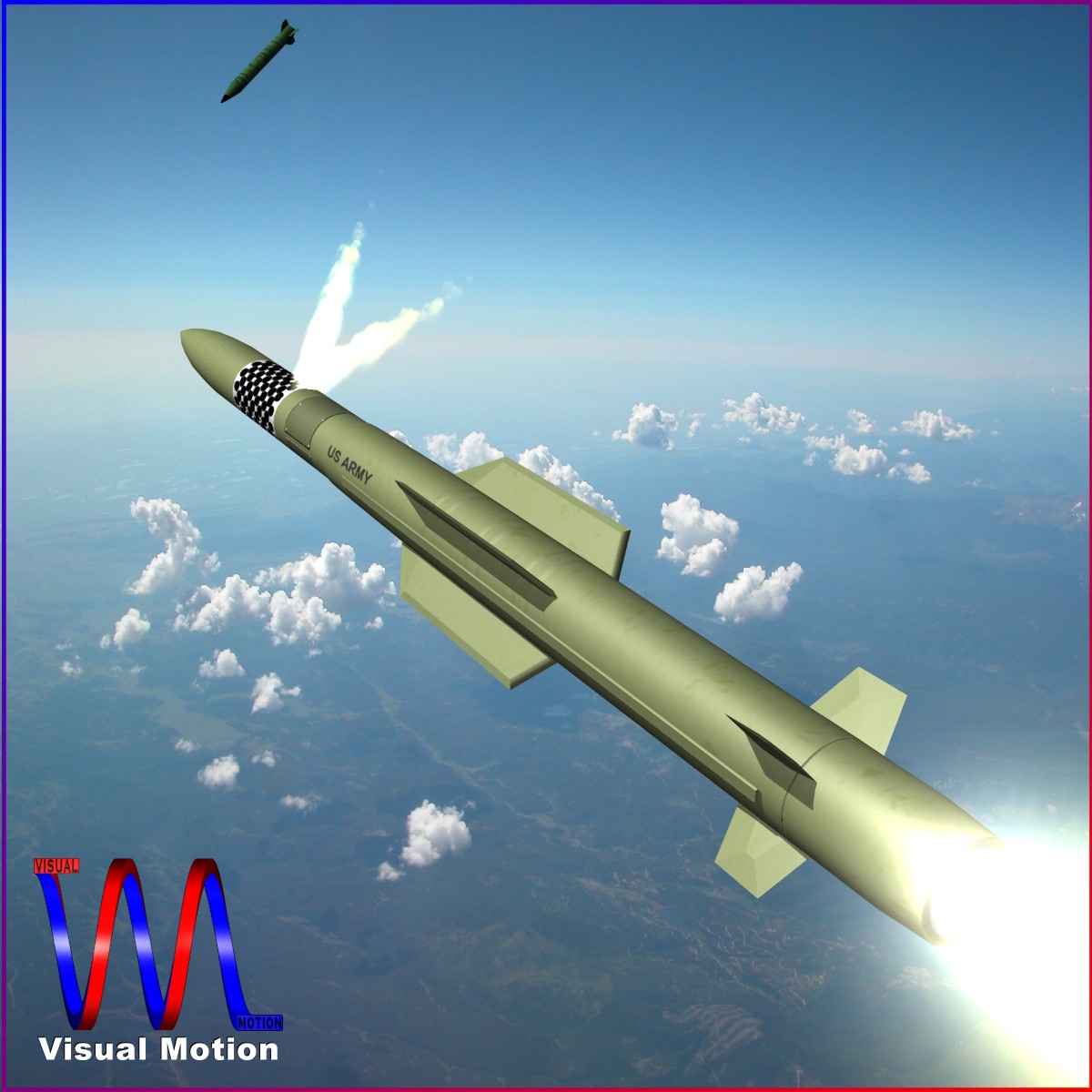All Hisar and Siper missiles are “hit-to-kill” missiles. They also have TVC capabilities. (See attached link)
They all have dual pulse motors.
On February 19, 2022, President of Defence Industries (SSB) İsmail DEMİR announced on his social media account that the HİSAR-O+ System successfully destroyed a target in the first firing test carried out with the RF (Radio Frequency) Seeker model. DEMİR said,

www.defenceturkey.com
I was actually reffering to hit to kill vehicle or nose section with altitute control motor like aster and MIM104 pac 3 or thaad.
Yes, all the mamber of hisar and Siper family has dual pulse.
And aselsan's seeker performed with incredible accuracy in all three gokdogan, hisar rf and siper test achieving hit to kill shots.
However, all these tests were against slow subsonic targets.
But when it comes to BM traveling at high supersonic or hypersonic speed at their terminal phase, I am not sure if it possible to achieve hit to kill shots without PIF-PAF control Even if your seeker is highly accurate.
Because even the tiniest steering of TVC will move the missile meters away from target. Given the thrust of the main motor is too powerful to make very precise one or Half feet course correction.
However as
@Anmdt pointed out siper block 1 should be capable of point defence against TBM like barak 8.
Personally I think hisar family's one shortcoming is that, it has never been tested against supersonic target.
I am only mentioning it because it seems amry is buying it. While unfortunately, unlike TURKEY, our immediate neighborhood has a lot of supersonic 'stuff' to deal with.














